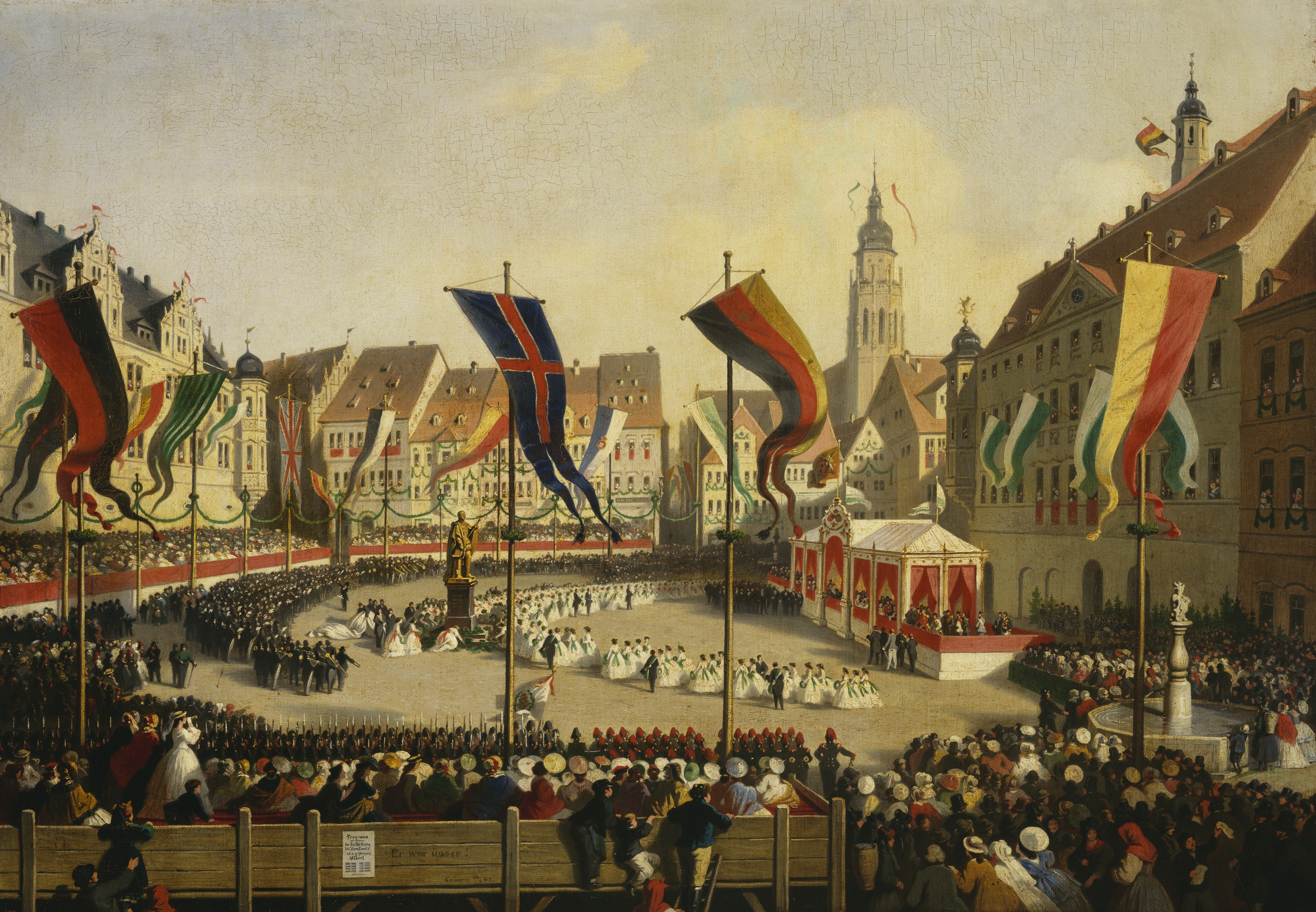
Prince Albert's lasting influence can be seen in many mediums
Collecting as Memory
Prince Albert’s influence on the development of the Royal Archives and the Royal Collection was profound and can still be felt today. He created the filing system by which Queen Victoria’s papers remain arranged, led major redevelopments of the Royal Library, created the present layout of the Print Room in the 1850s and with Victoria established the foundation of one of the most significant photography collections in the world. Albert’s ardent belief in the public and social role of art led to the creation of the Great Exhibition of 1851, the Manchester Art Treasures Exhibition of 1857 and the founding of several national museums. His patronage of the arts encouraged new intellectual thought across disciplines including art criticism, industrial exhibitions, publishing and printing.
Albert’s vision as a collector and patron was honoured by his immediate family after his death in several ways. Queen Victoria continued to compile series of photograph albums that he had initiated, such as his ‘Views’ albums. Victoria's diary entries often discuss the emotion that this activity brought:
Arranged some albums of views, with Alice's help. They were never arranged before by any one excepting my beloved Albert. Mean to make a special album of views connected with our last happy summer & autumn. I shall make a similar one of our journeys together.
Queen Victoria's Journal, RA VIC/MAIN/QVJ (W) 13 May 1862 (Princess Beatrice's copies)
Additionally during the 1880s, many original albumen prints in Prince Albert’s early photograph albums were copied in carbon, a more durable photographic process.
Albert encouraged his children to learn photography, and albums compiled by his daughter Princess Helena particularly echo the narrative concerns of her father’s own albums. In 1867 Henry Cole, previously Albert’s collaborator on the Great Exhibition, drew up a Convention for Promoting Universally Reproductions of Works of Art for the Benefit of Museums of All Countries. This Convention embodied the values represented by Albert’s Raphael Collection, and was supported and signed by his sons Albert Edward, Prince of Wales and Alfred, Duke of Edinburgh. Many of the reforms and artistic projects that Prince Albert introduced across the Royal Library, Print Room and Royal Archives continued long after his death. With Queen Victoria’s support, the Raphael Collection was finally completed in 1876, with Albert’s librarian Carl Ruland publishing a comprehensive checklist in the same year. Select an object below to explore how the acts of collecting, compiling and arranging photographs were a means of perpetuating personal and cultural memory.







